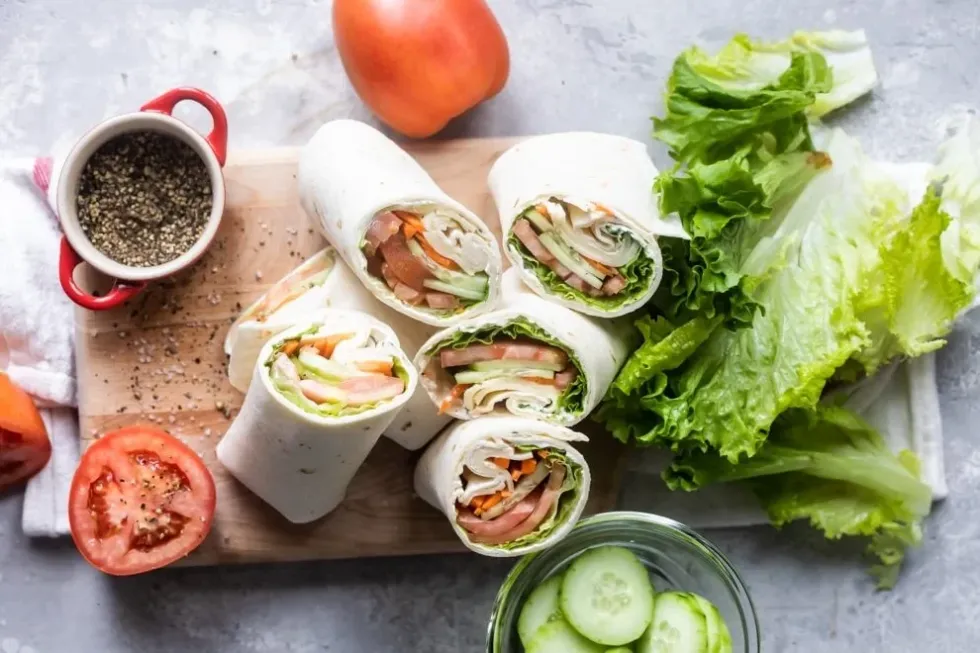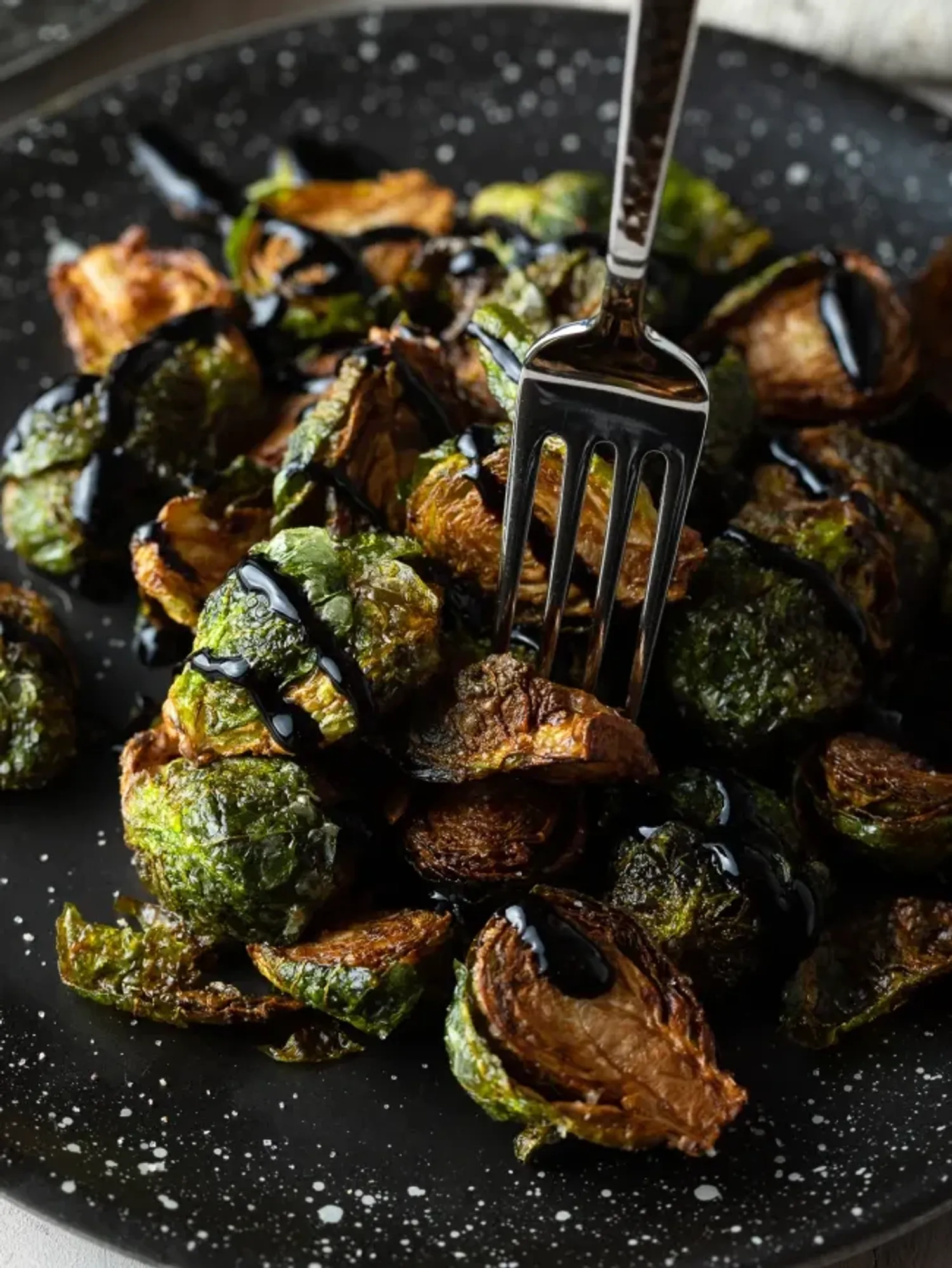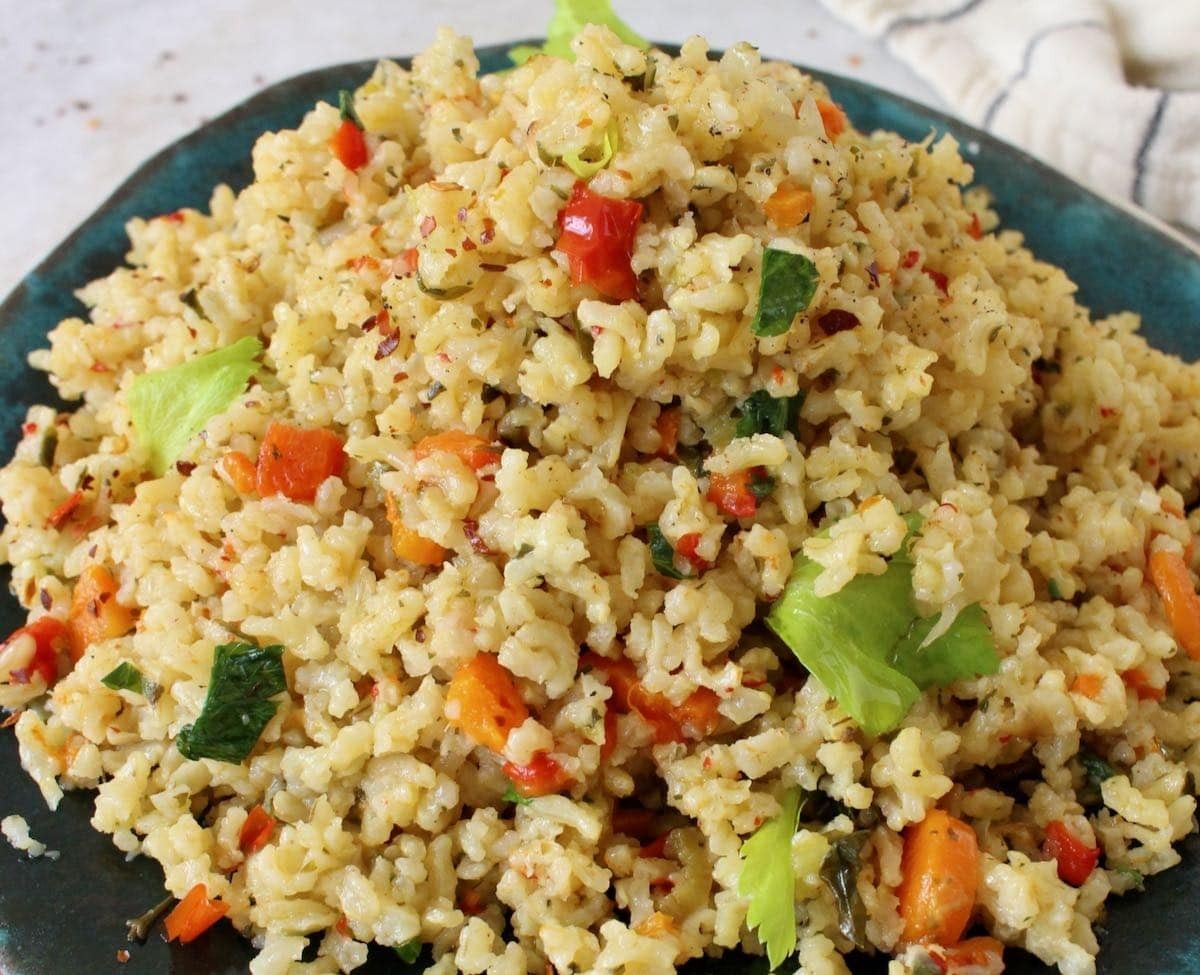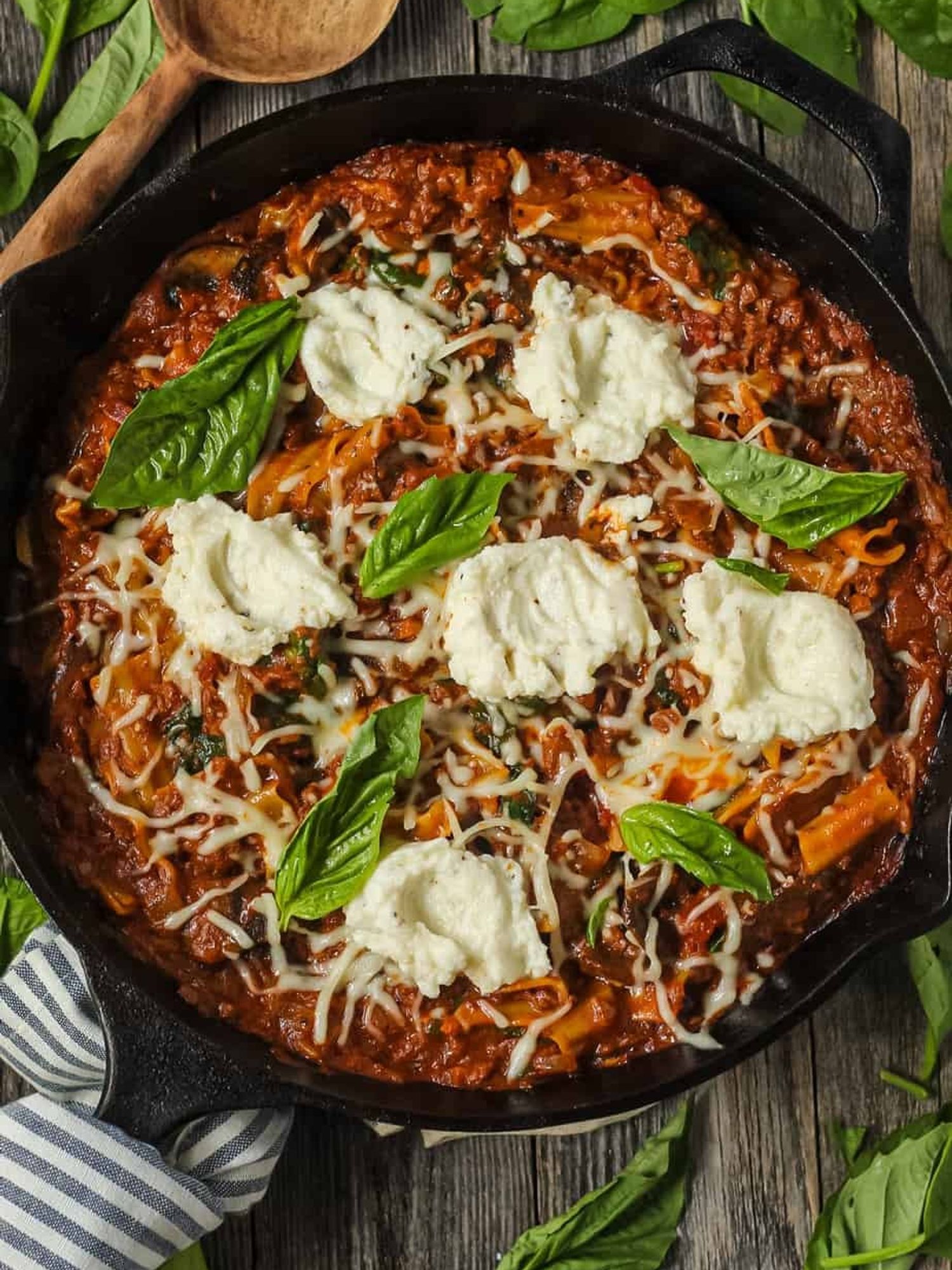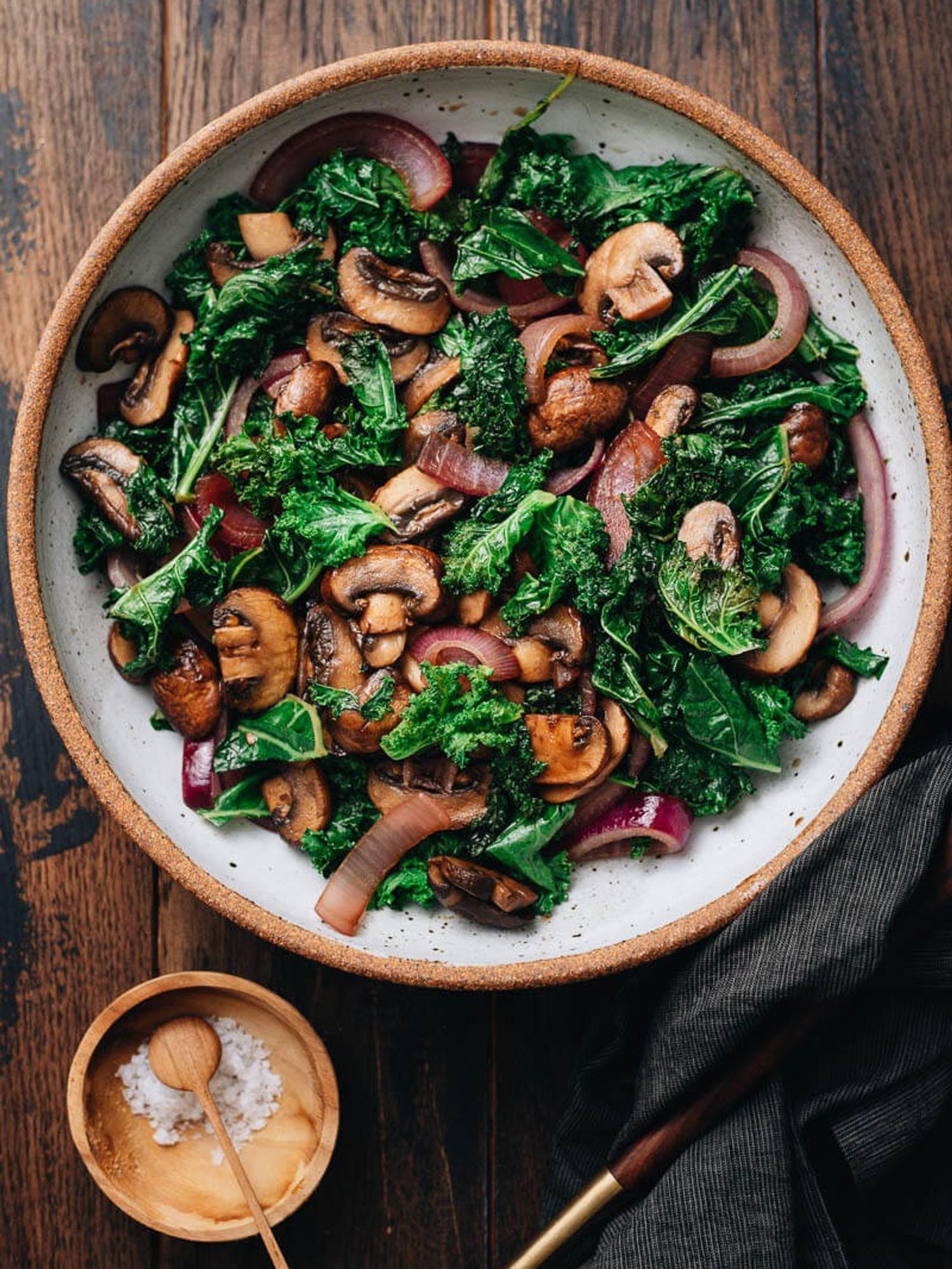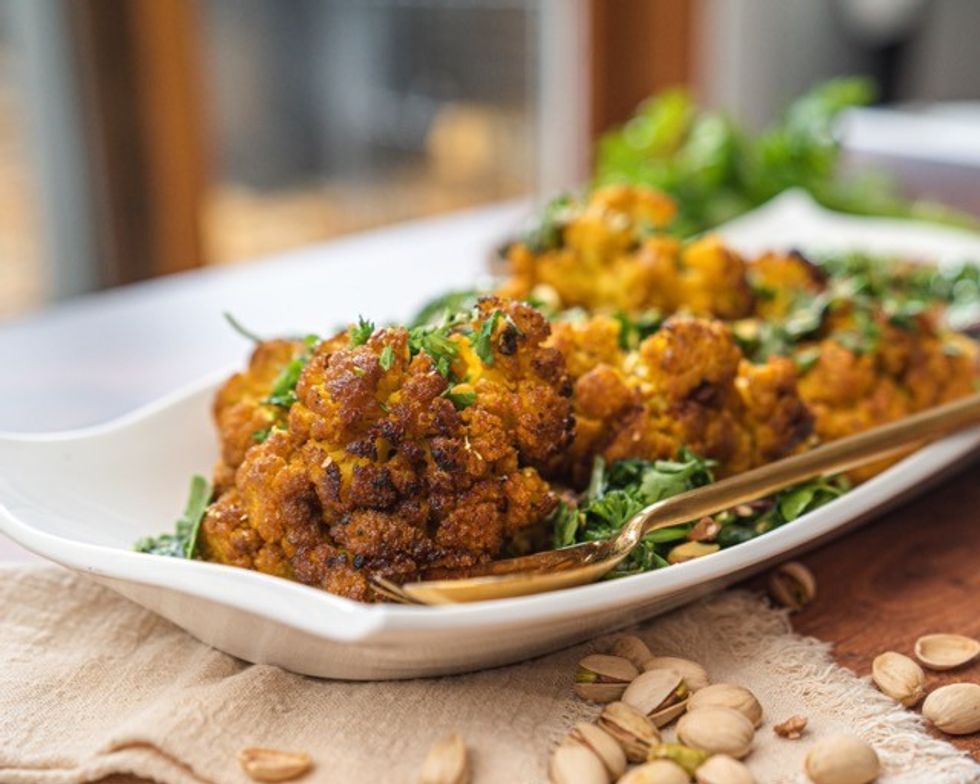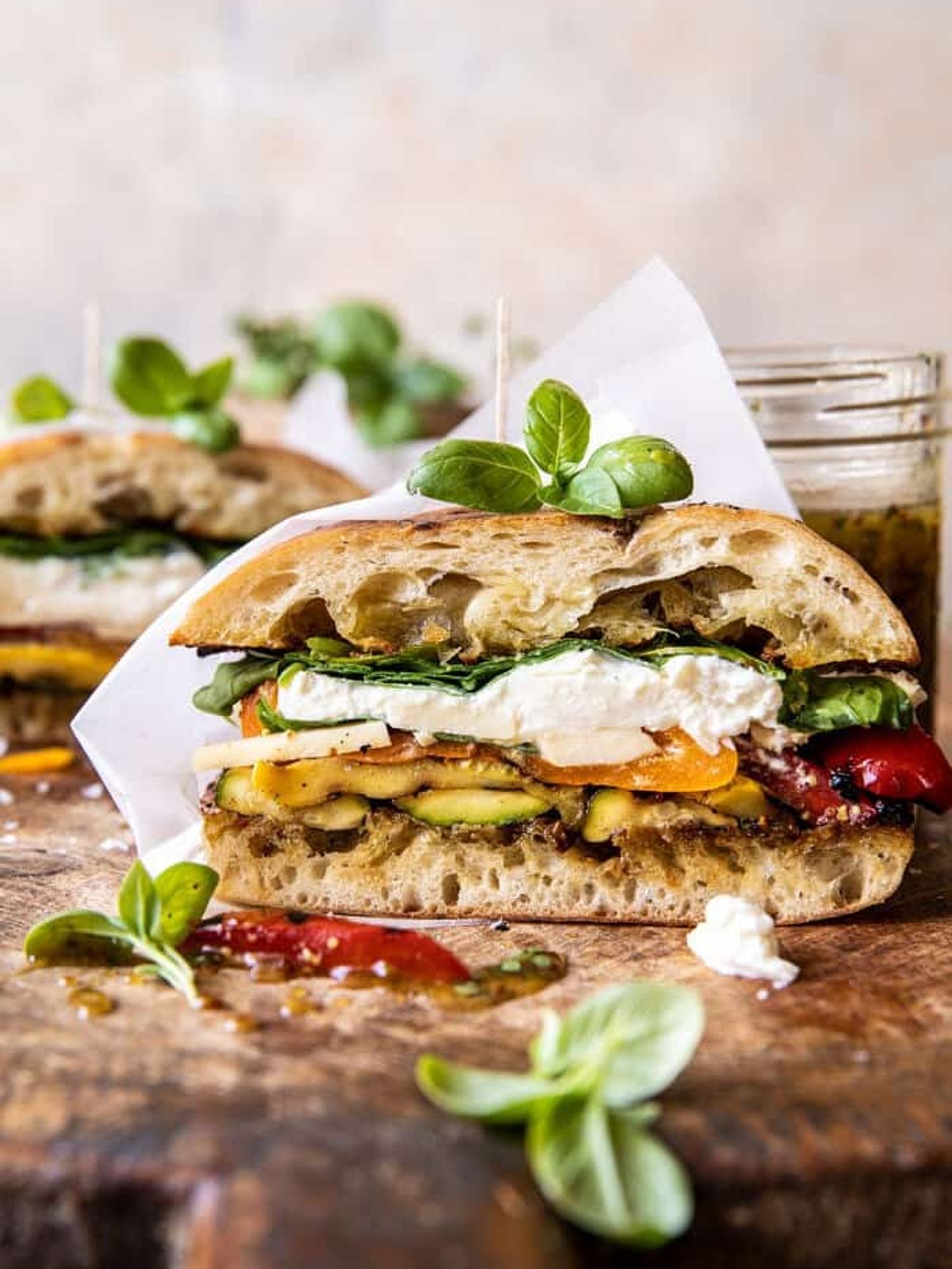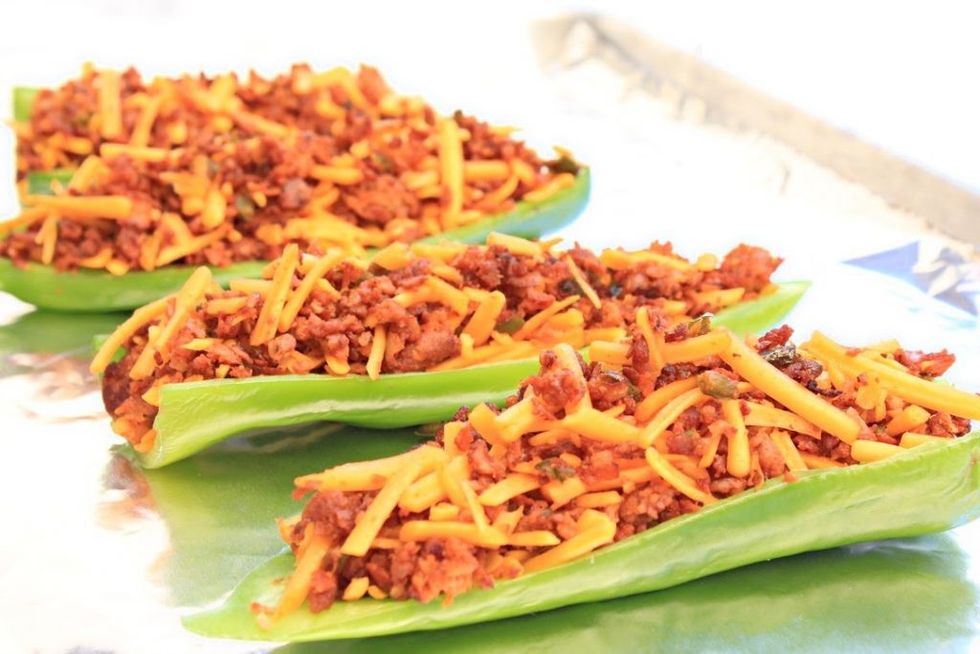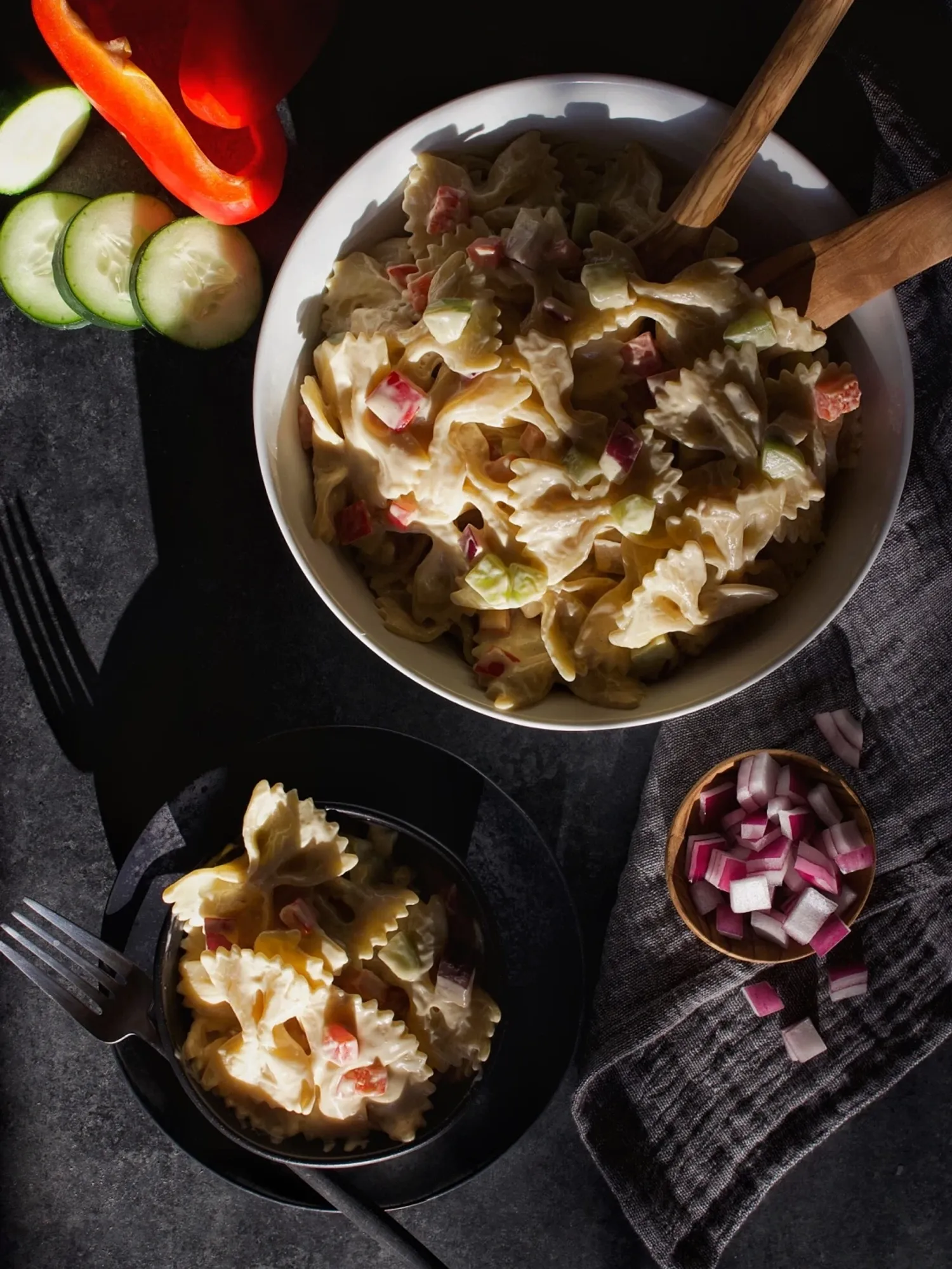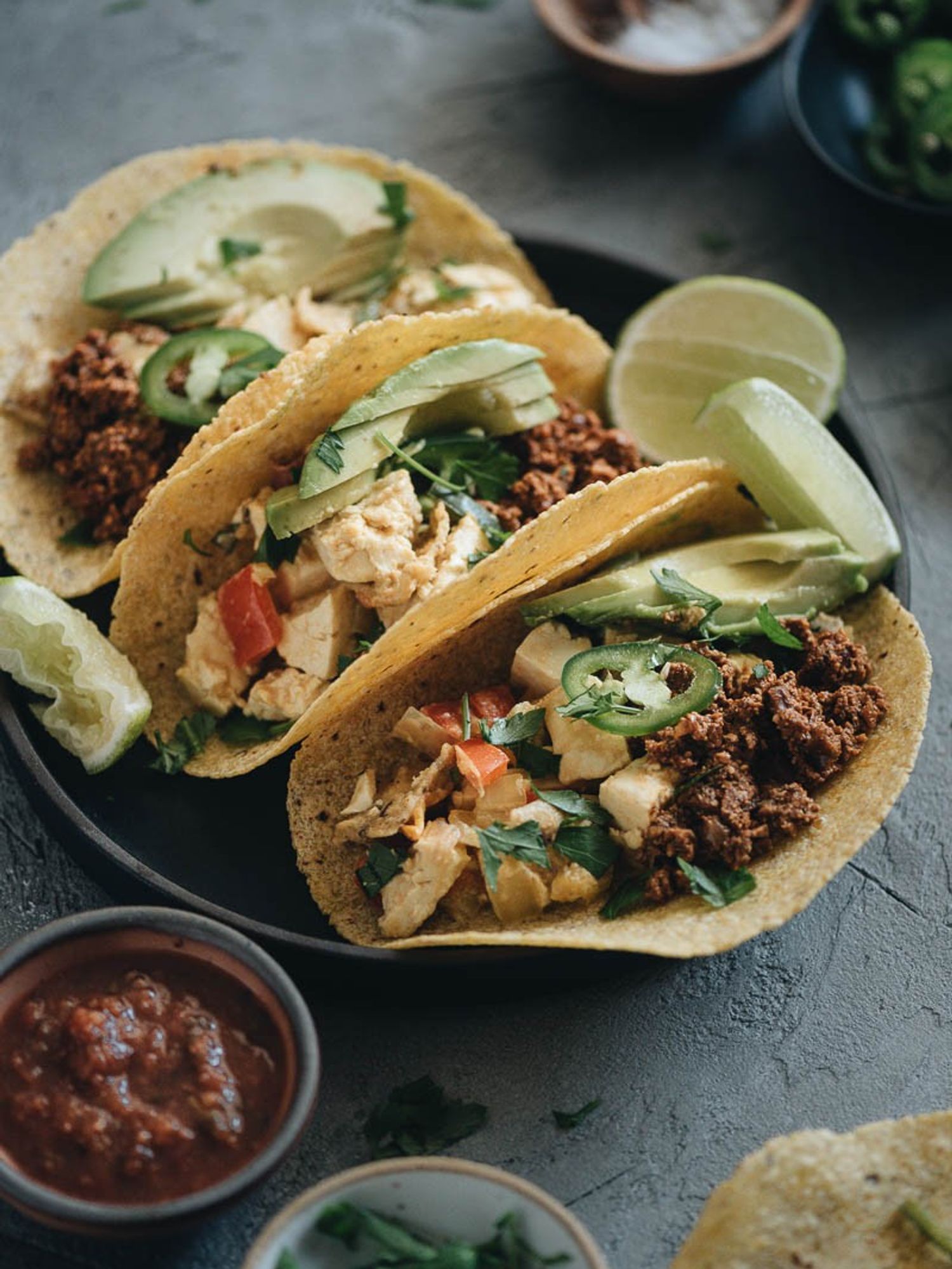Fox News Flash top headlines are here. Check out what’s clicking on Foxnews.com.
A teenage farmer in Maine faced a summer of hardship — flooding rains, lack of sunshine, invasive animals and even a disheartening break in — but remains steadfast in his focus on business and community as pumpkin harvest season begins.
“It takes hard work,” Brayden Nadeau, 13, of Poland, Maine, told Fox News Digital.
“There’s going to be some good days and bad days, and good years and bad years. But if you care about the land and it’s your dream, you can do it.”
The teen, who attends Bruce Whittier Middle School, owns and operates Brayden’s Vegetable Stand on Hatch Road in Auburn, Maine, about 10 miles down the road from where he lives with his family.
When he was just 10, he noticed an overabundance in his grandparents’ garden — and hatched an idea.
Teenager Brayden Nadeau built his own vegetable stand and is sharing his homegrown produce with his community. He’s shown here on the right; his grandfather, Dan Herrick, stand with him on the left. (Marie Herrick)
“I’ve always liked to garden and the vegetables had been piling up on the counter,” he said.
“So I decided to open a vegetable stand and I’ve just kept it going from there on out. I’ve been doing it for three years now.”
The 12-by-14 foot vegetable stand that the teen said is in a “decently busy” spot is a fixture in the community — even the mayor is a customer.
Jason Levesque, the mayor of Auburn, is proud of the work that Brayden Nadeau, 13, has put in on a vegetable stand. (City of Auburn)
“The kid has heart,” Auburn Mayor Jason Levesque told Fox News Digital.
“He’s got a work ethic. He’s exactly the person we want, regardless of age, to come to Auburn and build a home, and start a farm. Whether it’s your primary income or your secondary income, it’s a critical part of community building. Nothing says community more in Maine, and especially in Auburn, than a farm stand.”
A special project shared with his grandparents, Dan and Marie Herrick of Auburn, Brayden spends hours each day working the 12-acre garden.
“We grow quite a bit of cucumbers and tomatoes,” he said.
Brayden Nadeau of Maine sells an assortment of produce including corn, carrots, Brussels sprouts and summer squash. (Marie Herrick)
“We do zucchini, summer squash, corn, potatoes, carrots, broccoli, cauliflower, Brussels sprouts, garlic and, right now, lots of pumpkins.”
The teenager said he planted 6,000 tomato plants this year — and he and his grandfather are planning to double the acreage of the garden by next year.
“My favorite thing to grow is zucchini because it grows so fast and it’s one of the first things that we harvest,” he said.
“But my favorite thing to pick is pumpkins because when you’re picking them and you get to the end, it’s like you have a big volume of them.”
“He’s got a work ethic. He’s exactly the person we want, regardless of age, to come to Auburn and build a home, and start a farm.”
The teen has been working on the farm with his grandfather since he was just two years old.
“He forces me to be tired sometimes because he pushes me, but that is the best part,” the teen’s grandfather, Dan Herrick, told Fox News Digital.
“He’s on topic. He knows what he’s doing. I’m proud of him. He doesn’t slack off and he just goes every day.”
The Herrick family also raises pigs, turkeys, chickens and a few cows.
Brayden Nadeau’s 12-by-14 foot stand is located in a pretty busy part of the city and gets a nice amount of traffic, the family said. (Marie Herrick)
The teenager has some laying hens, as well, and he sells the eggs at his stand.
His grandmother confirmed the teen’s unusual work ethic.
“We might be a little partial because we’re his grandparents, but I can honestly say he is the hardest working child I have ever come across,” Marie Herrick told Fox News Digital.
She went on, “He’s in bed very early, but he’s up very early — before sunrise. There are some days when he is up at 4 a.m. Most of the time it’s 5-5:30. Right now he’s in school, so Grampie opens the stand for him.”
Brayden Nadeau was inspired to build his vegetable stand after seeing the abundance of produce that his grandparents grew while they were gardening. (Marie Herrick)
But this summer, as most kids his age slept in and played video games, the teen experienced some of the real challenges that come with being a farmer.
While some parts of the country faced drought, farmers in Maine dealt with flooding rains.
“The entire state has experienced some — not just one-in-100-year rains, but one-in-1,000-year rains,” Mayor Levesque said.
“We had four-and-a half inches of rainfall in 45 minutes earlier this summer,” he went on. “It flooded our downtown. It’s saturated the ground. I think we’ve had the rainiest or one of the rainiest seasons or summers on record.”
“We might be a little partial because we’re his grandparents, but I can honestly say he is the hardest working child I have ever come across,” Marie Herrick, Brayden Nadeau’s grandmother (left), told Fox News Digital. (Marie Herrick)
Marie Herrick said it seems like it rained every day this summer.
“I think we’ve only had one stretch of weather that was maybe eight days of sun,” she said.
“And put this into perspective: We had three days without rain in June — three days without rain in June.”
No sun means the bees aren’t moving, pollination stops and vegetables get flooded, she said.
“It’s everywhere in this state right now,” Dan Herrick said.
“Helping out the community by feeding people is just one of my passions. So I still say follow your dream.”
“It’s something that we have to endure because it’s part of farming,” he also said.
“But then there’s the nuisance of wildlife that came in … The deer have chewed stuff so bad this year, you can’t believe it. Without the sun and warmth, the berries and acorns didn’t come into play in the woods and everybody’s got to eat.”
A robbery plus community support
But perhaps more disappointing to the family than Mother Nature’s wrath was a break-in by a fellow citizen.
At around 3:30 p.m. on June 16, someone broke into the vegetable stand — and helped himself or herself to product and profit.
“It was right after I left to go home,” the teen said.
When Brayden Nadeau’s vegetable stand was broken into, his community rallied to support him. (Marie Herrick)
“My grandfather was gone somewhere,” he added. “So it was a very short window, like 35-40 minutes. Someone decided to come inside and break open the cash box. They took some vegetables, and they also stole meat out of our freezer.”
The teen said there are no security cameras on the property — so they do not know who was responsible.
When no one is working the stand, there’s a lockbox with a money slit in it, said the teen. Customers pay by using the honor system because “there’s a lot of good people” in town, he said.
“It made me feel very upset to think of all the hard work that I put in and then for someone to come and do that,” he said.
Members of the United Bikers of Maine showed up in support of Brayden’s Vegetable Stand when they got wind of the break-in and theft. (Marie Herrick)
“It was very disappointing. If someone was hungry, I would’ve given it to them,” he added. “But I don’t think it was someone hungry [if they’d] break into the money and steal a majority of stuff.”
Nadeau closed down the stand for a day to regroup.
He reopened the following Sunday to record sales — word of the theft made it around the area via social media.
“There’s a lot more good people than bad people in the world.”
“The support was crazy,” said the teenager. “We had people coming from all over the state of Maine. They were very apologetic and they really felt bad, and so they wanted to come and support me.”
A group of bikers — the United Bikers of Maine — rolled up on their motorcycles to show their support.
“It was quite impressive to see, like, 40 bikes, most of them with two people on the bike, come up here in overwhelming support for Brayden,” said the grandparents about their grandson. “It made you cry. One of their presidents just [took] Brayden under his wing and said, ‘Any time you need anything, you contact us because we’ll be there for you.’ It was amazing.”
The teen said the show of support restored his faith in people.
The teenager has been hard at work focusing on the pumpkin harvest that will soon take place now that fall is here. (Marie Herrick)
“There’s a lot more good people than bad people in the world,” he said. “Helping out the community by feeding people is just one of my passions. So I still say follow your dream.”
This young man’s dream is to keep farming vegetables and getting more beef cows.
But for now, he’s got a crop of pumpkins to harvest and sell — about 150-200 of them, he said.
“And that’s just the carving pumpkins,” he said.
“We’ll have a lot of pie pumpkins, which are smaller for cooking — and squash and stuff like that.”
Gretchen Eichenberg is a contributing reporter for Fox News Digital.
This content was originally published here.









